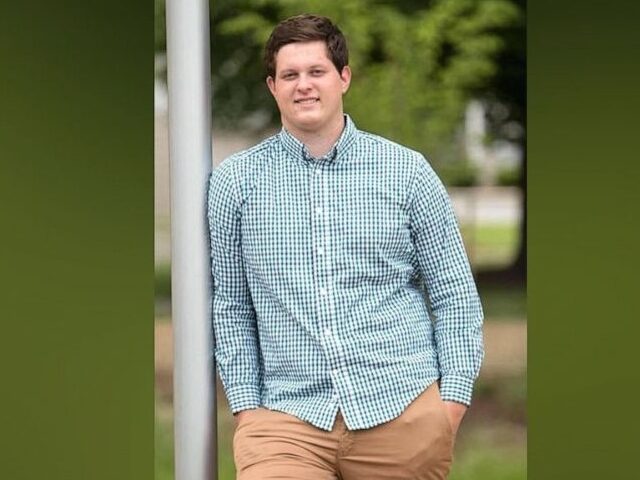A study from the Crime Prevention Research Center (CPRC) released Monday shows the FBI undercounts the number of times an armed citizen stops an active shooting.
The CPRC pointed to the example of 22-year-old Elisjsha Dicken shooting and killing the Greenwood Park Mall attacker in Indiana on July 17, 2022.
They noted a few establishment media responses to the attack: “Rare in US for an active shooter to be stopped by bystander” (Associated Press); “Rampage in Indiana a rare instance of armed civilian ending mass shooting” (Washington Post); and “After Indiana mall shooting, one hero but no lasting solution to gun violence” (New York Times).
CPRC then observed:
Evidence compiled by the Crime Prevention Research Center shows that the sources the media relied on undercounted the number of instances in which armed citizens have thwarted such attacks by an order of more than ten, saving untold numbers of lives. Of course, law-abiding citizens stopping these attacks are not rare. What is rare is national news coverage of those incidents. Although those many news stories about the Greenwood shooting also suggested that the defensive use of guns might endanger others, there is no evidence that these acts have harmed innocent victims.
The pertinent aspect of the CPRC study, as it relates to FBI members, is here:
The FBI reports that armed citizens only stopped 11 of the 252 active shooter incidents it identified for the period 2014-2021. The FBI defines active shooter incidents as those in which an individual actively kills or attempts to kill people in a populated, public area. But it does not include those it deems related to other criminal activity, such as a robbery or fighting over drug turf.
An analysis by my organization identified a total of 360 active shooter incidents during that period and found that an armed citizen stopped 124. A previous report looked at only instances when armed civilians stopped what likely would have been mass public shootings. There were another 24 cases that we didn’t include where armed civilians stopped armed attacks, but the suspect didn’t fire his gun. Those cases are excluded from our calculations, though it could be argued that a civilian also stopped what likely could have been an active shooting event.
CPRC notes, “The FBI reported that armed citizens thwarted 4.4 percent of active shooter incidents, while the CPRC found 34.4 percent. ”
FOX News points out that CRPC quoted Simon Fraser University professor emeritus Gary Mauser. “Whether deliberately through bias or just incompetence,” Mauser said, “the FBI database of active shooters cannot be trusted.”
AWR Hawkins is an award-winning Second Amendment columnist for Breitbart News and the writer/curator of Down Range with AWR Hawkins, a weekly newsletter focused on all things Second Amendment, also for Breitbart News. He is the political analyst for Armed American Radio and a Turning Point USA Ambassador. AWR Hawkins holds a PhD in Military History, with a focus on the Vietnam War (brown water navy), U.S. Navy since Inception, the Civil War, and Early Modern Europe. Follow him on Instagram: @awr_hawkins. You can sign up to get Down Range at breitbart.com/downrange. Reach him directly at awrhawkins@breitbart.com.



COMMENTS
Please let us know if you're having issues with commenting.